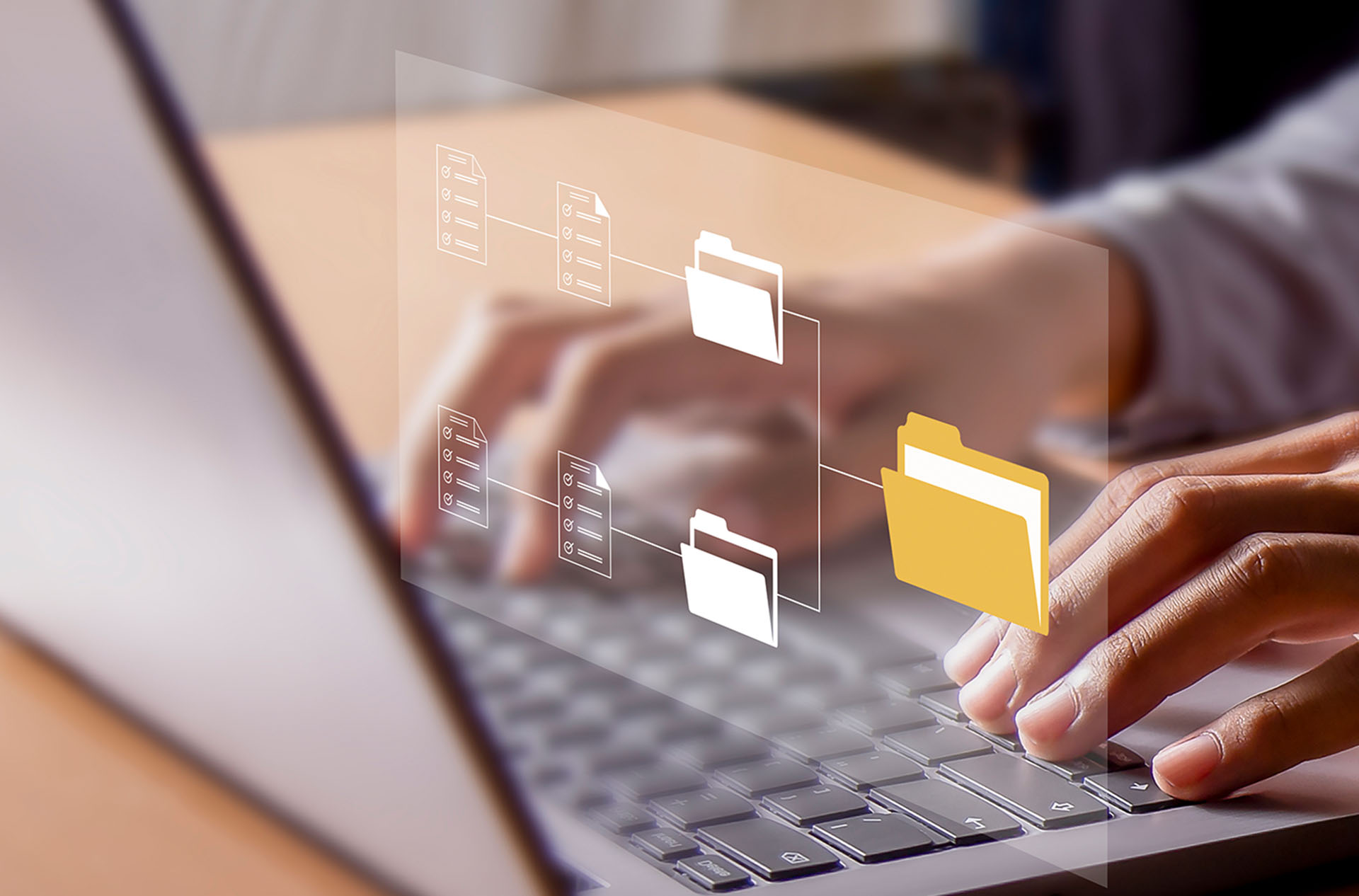


The Internet of Things (IoT) is revolutionizing various industries, and real estate is no exception. With the global focus on sustainability and energy efficiency, the integration of IoT devices in buildings is becoming increasingly vital. These smart technologies not only monitor energy usage but also optimize it, leading to significant reductions in costs and environmental impact. In this blog, we will explore how IoT is enhancing energy efficiency in real estate, supported by recent statistics and case studies.
Understanding IoT in Real Estate
The Internet of Things refers to a network of interconnected devices that communicate and share data. In the context of real estate, IoT devices include smart meters, HVAC systems, lighting controls, occupancy sensors, and more. These devices gather real-time data on energy consumption and environmental conditions, enabling property managers and owners to make informed decisions about energy usage.
How IoT Devices Optimize Energy Usage
1. Real-Time Monitoring
One of the primary advantages of IoT in real estate is the capability for real-time monitoring of energy consumption. Smart meters can track electricity usage at a granular level, allowing building managers to identify peak usage times and adjust operations accordingly. According to a report by the International Energy Agency (IEA), buildings account for nearly 30% of global energy consumption, making real-time monitoring crucial for identifying areas where savings can be made.
2. Predictive Maintenance
IoT devices can predict when equipment is likely to fail or require maintenance. For instance, HVAC systems equipped with sensors can monitor performance metrics such as temperature and pressure. By analyzing this data, predictive analytics can alert facility managers to potential issues before they become costly repairs or energy-wasting failures. A study by McKinsey found that predictive maintenance can reduce maintenance costs by 10-40% while improving equipment lifespan.
3. Automated Control Systems
Automated control systems powered by IoT can optimize energy use without requiring constant human intervention. For example, smart lighting systems can automatically adjust brightness based on occupancy and natural light levels. According to a report by the U.S. Department of Energy, advanced lighting controls can reduce energy consumption by 20-60%.
4. Enhanced HVAC Efficiency
Heating, ventilation, and air conditioning (HVAC) systems are significant energy consumers in commercial and residential buildings. IoT technology enables advanced control over HVAC operations. Smart thermostats can learn occupants' preferences and adjust settings accordingly. According to a study by the American Council for an Energy-Efficient Economy (ACEEE), smart thermostats can reduce energy consumption by up to 15%.
5. Energy Management Systems (EMS)
Energy Management Systems integrate IoT devices to provide a comprehensive overview of energy consumption across a building or portfolio. EMS can analyze data from various sources, allowing for informed decision-making and strategic energy management. A report by Navigant Research estimated that the global market for EMS will grow to $16 billion by 2024, reflecting the increasing reliance on IoT for energy efficiency.
6. Demand Response Programs
IoT technologies enable buildings to participate in demand response programs, where energy consumption is adjusted based on grid demand. By reducing energy usage during peak hours, buildings can save on energy costs and contribute to grid stability. According to the U.S. Energy Information Administration (EIA), demand response programs can reduce peak demand by 10-20%, translating to significant energy savings.
Recent Statistics and Trends
1. Energy Consumption Trends
According to the Global Status Report for Buildings and Construction 2020, buildings accounted for 36% of final energy consumption and 39% of energy-related CO2 emissions worldwide. With urbanization expected to increase, the need for energy-efficient solutions in real estate has never been more pressing.
2. IoT Adoption in Real Estate
A report by Gartner indicates that by 2025, there will be more than 75 billion IoT devices globally, with a significant portion expected to be used in smart buildings. The same report noted that organizations using IoT solutions in building management could see a reduction in energy costs by 10-30%.
3. Cost Savings
According to the Lawrence Berkeley National Laboratory, the implementation of smart building technologies can lead to a 20% reduction in energy use, resulting in substantial cost savings. For instance, in a commercial building with an annual energy cost of $500,000, a 20% reduction translates to $100,000 in savings.
4. Environmental Impact
The integration of IoT devices in buildings can significantly reduce carbon footprints. A study published in the journal Nature found that smart building technologies could cut greenhouse gas emissions from buildings by up to 40% by 2030, aligning with global climate targets.
Case Studies of IoT in Action
1. The Edge, Amsterdam
The Edge, often dubbed the "smartest building in the world," employs a variety of IoT technologies to optimize energy efficiency. It utilizes smart lighting, temperature control, and occupancy sensors to adjust energy use dynamically. According to its developers, the building has achieved a Building Research Establishment Environmental Assessment Methodology also known as the BREEAM rating of 98.4%, one of the highest in the world, thanks to its energy-efficient design and IoT integration.
2. IBM's Smarter Buildings
IBM has implemented its IoT solutions in several buildings, allowing for real-time monitoring and management of energy use. In their pilot project, buildings that adopted IBM’s smart technologies saw energy consumption reduced by 20-30%. These savings not only contribute to operational costs but also support IBM’s sustainability goals.
3. Smart Cities Initiatives
Cities worldwide are adopting IoT technologies to enhance energy efficiency in public and private buildings. For example, Barcelona's smart city initiative uses IoT sensors to monitor energy consumption in public buildings, optimizing usage and contributing to the city’s goal of reducing energy costs by 30% by 2025.
Challenges in IoT Implementation
While the benefits of IoT in enhancing energy efficiency are clear, there are challenges to its implementation. Data privacy and security concerns are paramount, as interconnected devices can be vulnerable to cyberattacks. Moreover, the initial investment for IoT technologies can be significant, which may deter some property owners from making the switch.
Additionally, integrating IoT with existing building systems can be complex, requiring specialized knowledge and resources. However, as technology advances and the cost of IoT devices continues to decrease, these barriers are becoming easier to overcome.
The role of IoT in enhancing energy efficiency in real estate cannot be overstated. As buildings become increasingly interconnected, the ability to monitor and optimize energy usage will not only reduce operational costs but also contribute to global sustainability efforts. With recent statistics highlighting the potential for significant energy savings and environmental impact reductions, it is clear that IoT technologies are essential for the future of real estate.
As the industry evolves, stakeholders must embrace these innovations and invest in smart building solutions to remain competitive and responsible stewards of the environment. The journey toward energy efficiency is ongoing, but with the power of IoT, the potential for a more sustainable future is brighter than ever.

The Digital Shift in Real Estate Strategy The real estate industry is undergoing a profound shift. Traditional…

As property management companies expand into new regions, scaling operations while maintaining efficiency…

Top 2025 Property Tech Trends to Watch 1. Artificial Intelligence (AI) and Machine…

The world of real estate is undergoing a massive transformation, driven by the rise of artificial intelligence…

As cities around the world grow and change to meet new challenges, the "smart city" trend has changed…

In the property management and real estate development space, one overlooked permit, expired document,…

In today’s fast-paced, document-heavy world, effective document management is crucial for any organization,…

Data is one of the most important resources for any business in the modern digital era, particularly…

Property management solutions are now crucial for guaranteeing seamless operations in the real estate…

In the dynamic, fast-paced world of community management, keeping in touch with locals is essential.…